The massive hole, known as a coronal hole, is now unleashing solar winds in Earth’s direction and the experts expect the particles to hit our planet between April 19 and 20. The storm is classed is G1 or minor but this could still cause widespread technology issues across the globe.
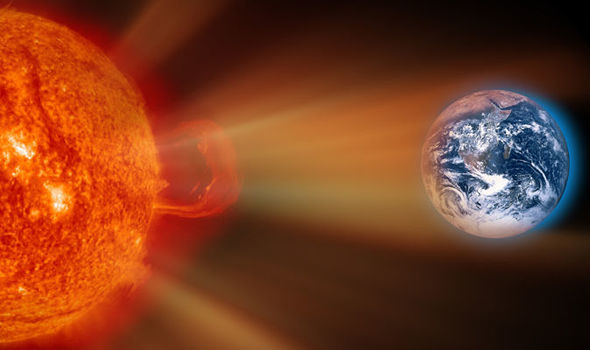
In a brief statement on the website SpaceWeather, forecasters said: “A hole has opened in the sun’s atmosphere, and it is spewing a stream of solar wind toward Earth. “G1-class geomagnetic storms and polar auroras are possible when the solar wind arrives on April 19-20.”
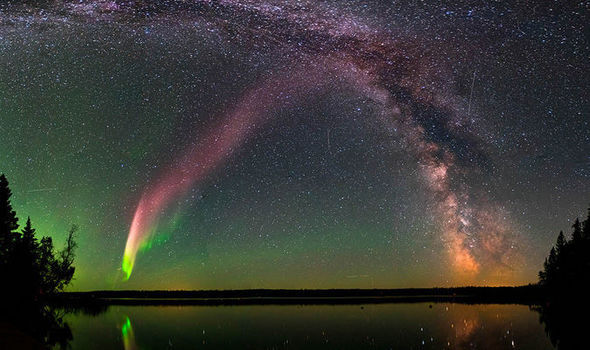
Skywatchers have also been told to look out for a mysterious new aurora known as ‘STEVE’. The Strong Thermal Emission Velocity Enhancement, or Steve for short, is a narrow, east-west running ribbon of purple light which may also have some hues of green. However, the consequences could be far more serious than the appearance of auroras, also known as the the Northern or Southern Lights.
For the most part, the Earth’s magnetic field protects humans from the barrage of radiation, but solar storms can affect satellite-based technology.
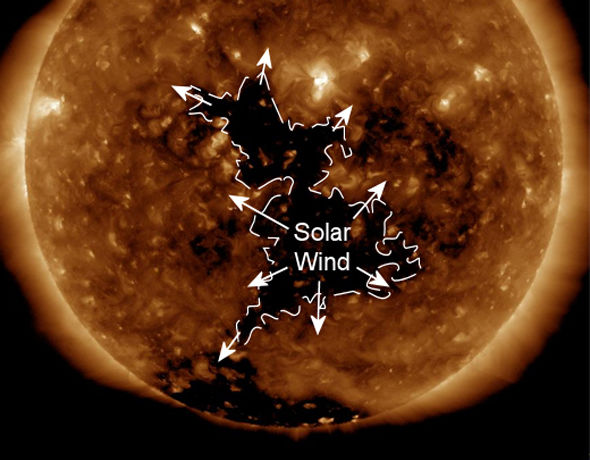
Solar winds, which are a stream of particles from the sun, can heat the Earth’s outer atmosphere, causing it to expand. This can affect satellites in orbit, potentially leading to a lack of GPS navigation, mobile phone signal and satellite TV such as Sky.
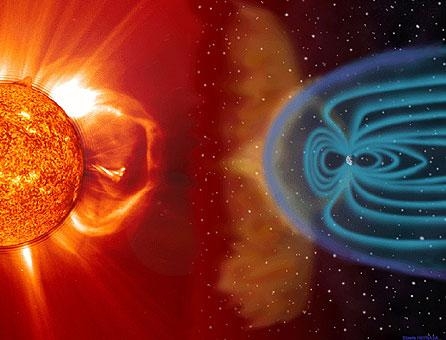
Additionally, a surge of particles can lead to high currents in the magnetosphere, which can lead to higher than normal electricity in power lines, resulting in electrical transformers and power stations blow outs and a loss of power.
The higher amounts of radiation also leave people vulnerable to cancer.

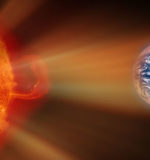
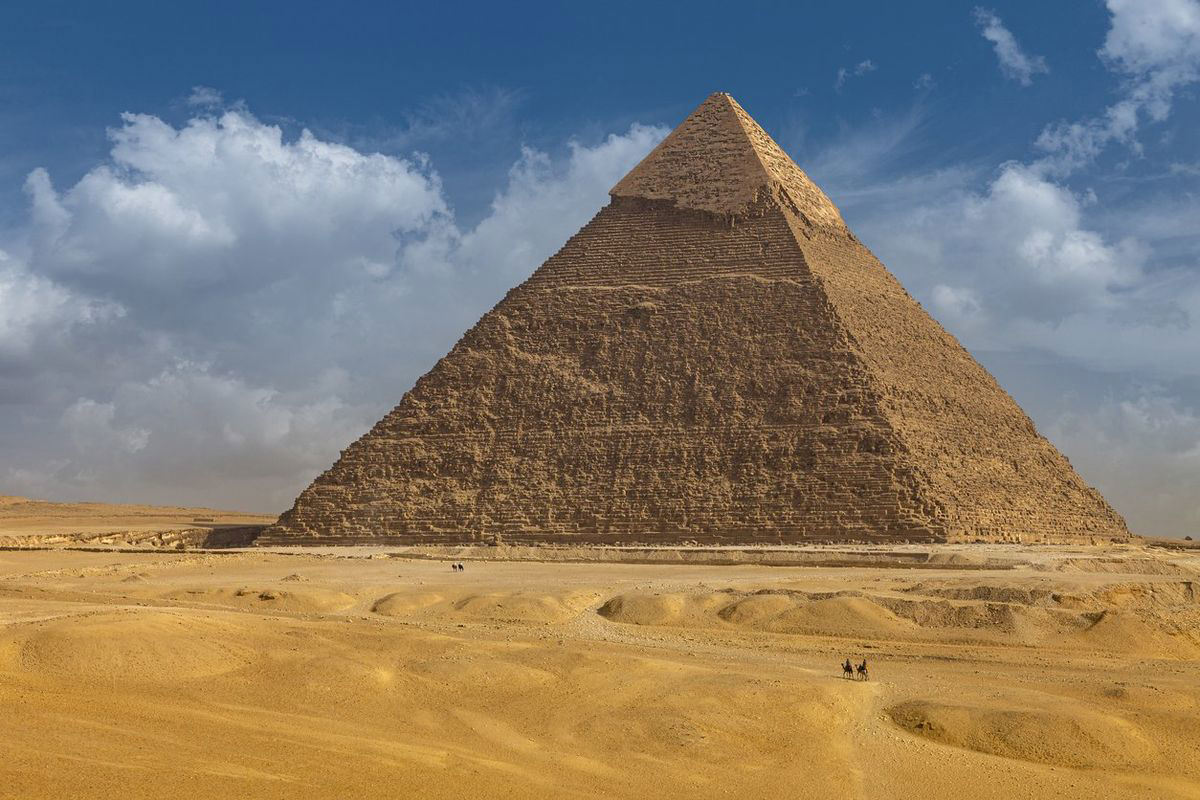

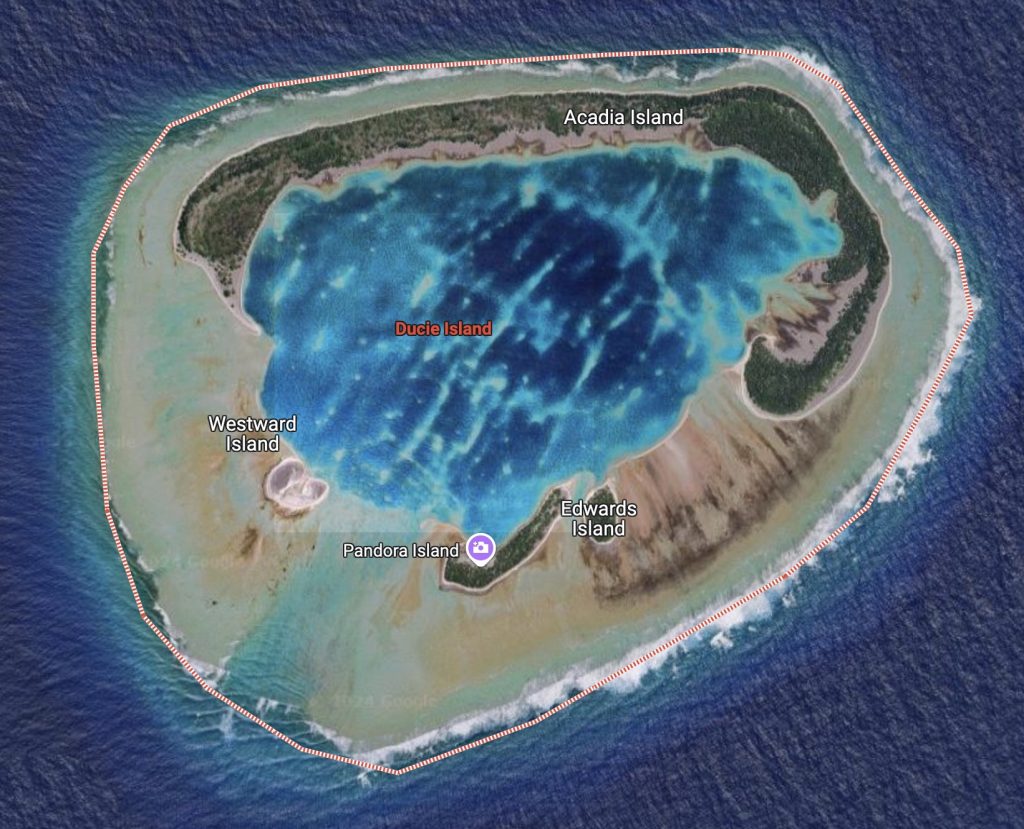
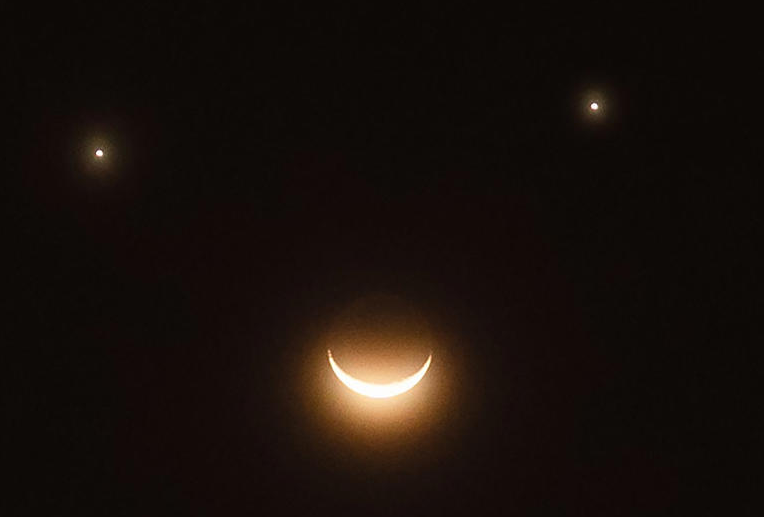

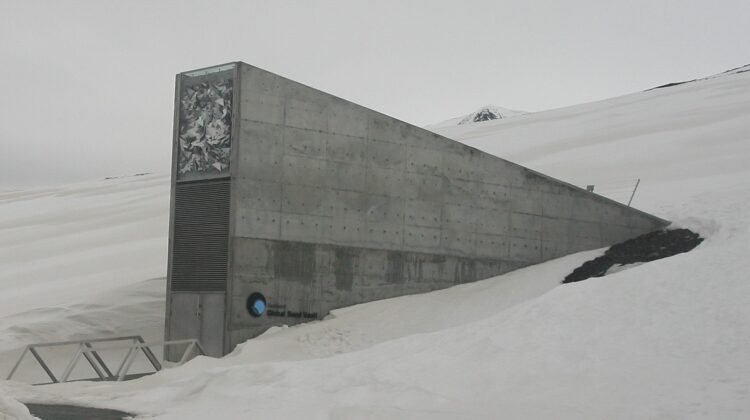
 Photographer Finds Locations Of 1960s Postcards To See How They Look Today, And The Difference Is Unbelievable
Photographer Finds Locations Of 1960s Postcards To See How They Look Today, And The Difference Is Unbelievable  Hij zet 3 IKEA kastjes tegen elkaar aan en maakt dit voor zijn vrouw…Wat een gaaf resultaat!!
Hij zet 3 IKEA kastjes tegen elkaar aan en maakt dit voor zijn vrouw…Wat een gaaf resultaat!!  Scientists Discover 512-Year-Old Shark, Which Would Be The Oldest Living Vertebrate On The Planet
Scientists Discover 512-Year-Old Shark, Which Would Be The Oldest Living Vertebrate On The Planet  Hus til salg er kun 22 kvadratmeter – men vent til du ser det indvendigt
Hus til salg er kun 22 kvadratmeter – men vent til du ser det indvendigt  Superknepet – så blir snuskiga ugnsformen som ny igen!
Superknepet – så blir snuskiga ugnsformen som ny igen!  Meteorite That Recently Fell in Somalia Turns Out to Contain Two Minerals Never Before Seen on Earth
Meteorite That Recently Fell in Somalia Turns Out to Contain Two Minerals Never Before Seen on Earth  Nearly Frozen Waves Captured On Camera By Nantucket Photographer
Nearly Frozen Waves Captured On Camera By Nantucket Photographer  It’s Official: Astronomers Have Discovered another Earth
It’s Official: Astronomers Have Discovered another Earth 